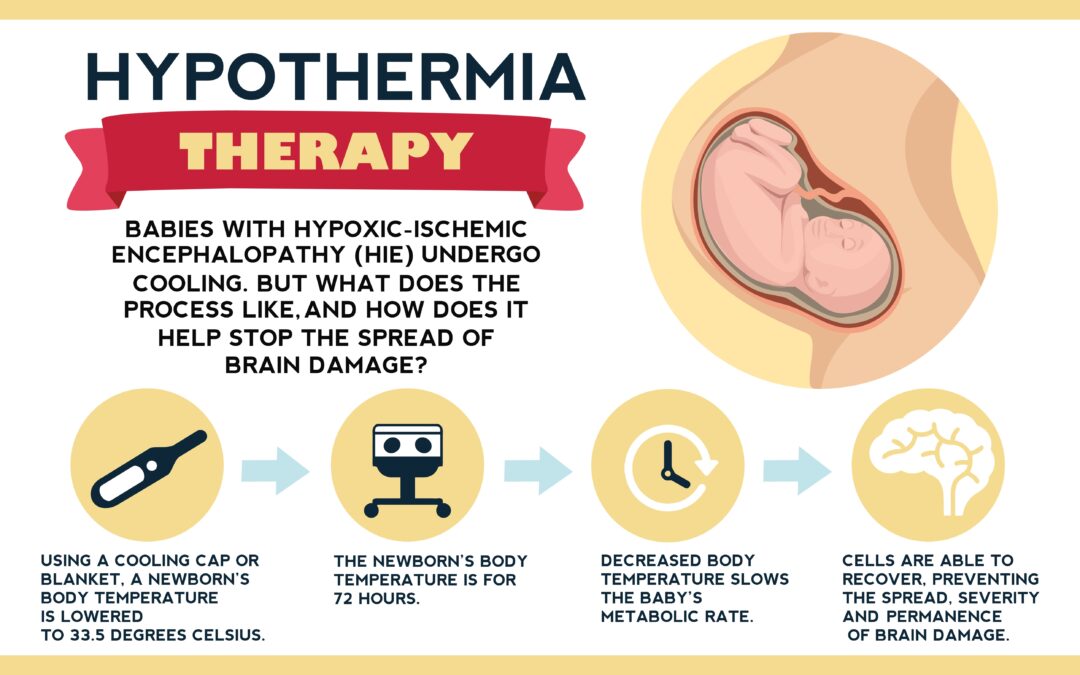When a newborn experiences a lack of oxygen during birth, known as hypoxic-ischemic encephalopathy (HIE), doctors have a critical window to intervene. Therapeutic hypothermia, or cooling, is a powerful treatment designed to protect the baby’s brain from further injury. Understanding what doctors look for before starting a baby’s HIE cooling is key to knowing why this therapy is used for some infants and not others. It is not a cure, but a race against time to slow a damaging chain reaction within the brain.
The Three Pillars Of Candidacy
Doctors do not make the decision to cool a baby lightly. The process is guided by strict criteria to ensure the treatment is both safe and potentially effective. The evaluation focuses on three critical areas that must align before therapy can begin.
What Doctors Look For Before Starting A Baby’s HIE Cooling
First, the baby must be at least 36 weeks gestational age and weigh over 1800 grams, as the treatment is designed for near or full-term infants. Second, there must be clear evidence of a significant oxygen-depriving event. This is often shown by the need for prolonged resuscitation after birth, very low Apgar scores at ten minutes, or a blood test revealing severe acidosis. Third, the infant must show neurological signs of moderate to severe brain dysfunction, such as abnormal muscle tone, seizures, or extreme lethargy.
The Race Against the Clock
Once these three criteria are met, the clock starts. Cooling must be initiated within six hours of birth to be most effective. If a hospital cannot provide the therapy, they will begin passive cooling by turning off the infant warmer and arranging an urgent transfer. The baby is then cooled to a precise temperature for 72 hours, followed by a slow, careful rewarming process under intense monitoring.
The detailed checklist of what doctors look for before starting a baby’s HIE cooling exists to give every eligible newborn the best possible chance. While cooling does not reverse the initial injury and cannot guarantee a perfect outcome, it is a crucial step in mitigating further harm and shaping a child’s future.
If you have any questions about your baby’s HIE brain injury at birth, or subsequent cerebral palsy diagnosis, do not hesitate to contact me at my info below. Remember, it does not cost you any money to talk with me initially about your baby’s story.
Marcus B. Boston, Esq.
9701 Apollo Dr. Suite 100
Largo, Maryland 20774
301-850-4832
1-833-4 BABY HELP


